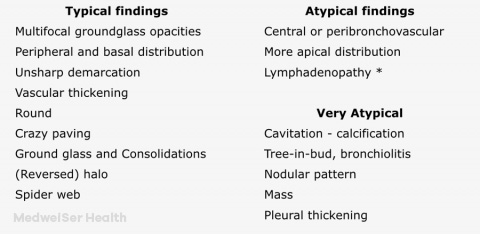Chapare hemorrhagic fever (CHHF) is a viral hemorrhagic fever caused by infection with Chapare virus. The Chapare virus is in the arenavirus family. Arenaviruses are usually spread to people through direct contact with infected rodents or indirectly through the urine or feces (droppings) of an infected rodent.
There have been two documented outbreaks of CHHF to date. The first occurred in 2003 in Chapare Province, Bolivia, which resulted in one fatal case. The second outbreak occurred in 2019 in Caranavi Province, Bolivia and resulted in five confirmed cases— three of which were fatal.
Transmission: Rodent reservoir of Chapare virus is unknown, similar arenaviruses are typically transmitted either through direct or indirect contact with the saliva, urine, and droppings of infected rodents.
Signs & Symptoms: The documented signs and symptoms of CHHF from the first and second outbreaks included some or all of the following:
- fever
- headache
- joint and muscle pain
- pain behind the eyes
- stomach pain
- vomiting
- diarrhea
- bleeding gums
- rash
- irritability
Diagnosis: real-time reverse transcription polymerase chain reaction (rRT-PCR). CDC advises a Biosafety Level 4 laboratory, strictly following all protocols for personal protection, sample inactivation and waste disposal.
Treatment: There is currently no treatment for CHHF. Supportive therapy is important for recovery from and survival of CHHF. This includes:
- maintenance of hydration,
- management of shock (eg, fluid resuscitation, administration of vasopressin stocks)
- sedation
- pain relief
- transfusions (when necessary)
Source: CDC
